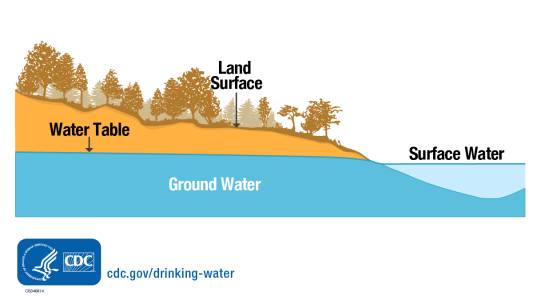Description
Surface Water: The Lifeblood of Our Landscapes
Surface water, the water found on the Earth's surface, is a vital resource supporting countless ecosystems and human activities. This readily accessible water source plays a crucial role in everything from agriculture and industry to biodiversity and human consumption. Understanding its characteristics, challenges, and management is critical for a sustainable future.
What is Surface Water?
Surface water encompasses all water naturally open to the atmosphere. This includes:
- Rivers and Streams: Flowing bodies of water that transport water from higher elevations to lower ones, shaping landscapes and providing habitats for diverse aquatic life. Their characteristics, such as flow rate, temperature, and sediment load, vary significantly depending on geographic location and seasonality.
- Lakes and Ponds: Standing bodies of freshwater, often found in depressions or natural basins. Their size, depth, and water quality are influenced by factors like precipitation, runoff, and human activities. They serve as important reservoirs for drinking water, recreation, and wildlife.
- Reservoirs: Artificially created lakes formed by damming rivers. These structures are used for water storage, flood control, hydropower generation, and irrigation.
- Wetlands: Areas where water covers the soil, or is present either at or near the surface of the soil all year or for varying periods of time during the year, including during the growing season. Wetlands play a crucial role in water purification, flood control, and biodiversity.
- Oceans and Seas: The vast, interconnected bodies of saltwater that cover a majority of the Earth's surface. While not directly used for drinking water in most cases, they are essential for climate regulation, weather patterns, and support a vast array of marine life.
The Importance of Surface Water:
Surface water is essential for:
- Drinking Water Supply: A significant portion of the world's drinking water is sourced from surface water sources, requiring careful treatment and management.
- Agriculture and Irrigation: Surface water is crucial for irrigating crops, providing the necessary water for plant growth in many regions.
- Industry: Industries utilize surface water for various processes, including manufacturing, cooling, and cleaning.
- Ecosystem Support: Surface water provides habitats for a vast array of plants and animals, supporting biodiversity and ecosystem health.
- Recreation and Transportation: Rivers, lakes, and oceans provide opportunities for recreational activities such as swimming, boating, and fishing, and have historically served as vital transportation routes.
Challenges Facing Surface Water:
Surface water resources face numerous challenges, including:
- Pollution: Runoff from agriculture, industrial discharges, and sewage contaminate surface water, posing risks to human health and aquatic ecosystems.
- Climate Change: Changes in precipitation patterns, increased evaporation, and melting glaciers are impacting the availability and quality of surface water.
- Overuse and Depletion: Excessive withdrawals for irrigation, industry, and domestic use can lead to water shortages and depletion of surface water resources.
- Habitat Degradation: Dam construction, deforestation, and urbanization alter natural hydrological processes and degrade aquatic habitats.
Sustainable Management of Surface Water:
Effective management of surface water is critical for ensuring its availability for future generations. This involves:
- Water Conservation: Implementing strategies to reduce water consumption in agriculture, industry, and households.
- Pollution Control: Enacting and enforcing regulations to minimize pollution from various sources.
- Integrated Water Resource Management (IWRM): A holistic approach that considers all aspects of water management, including supply, demand, and environmental needs.
- Climate Change Adaptation: Developing strategies to adapt to the impacts of climate change on surface water resources.
Understanding surface water – its importance, challenges, and management – is crucial for ensuring a sustainable future for both humans and the environment. Responsible stewardship of this vital resource is paramount for maintaining the health of our planet and supporting the well-being of future generations.
